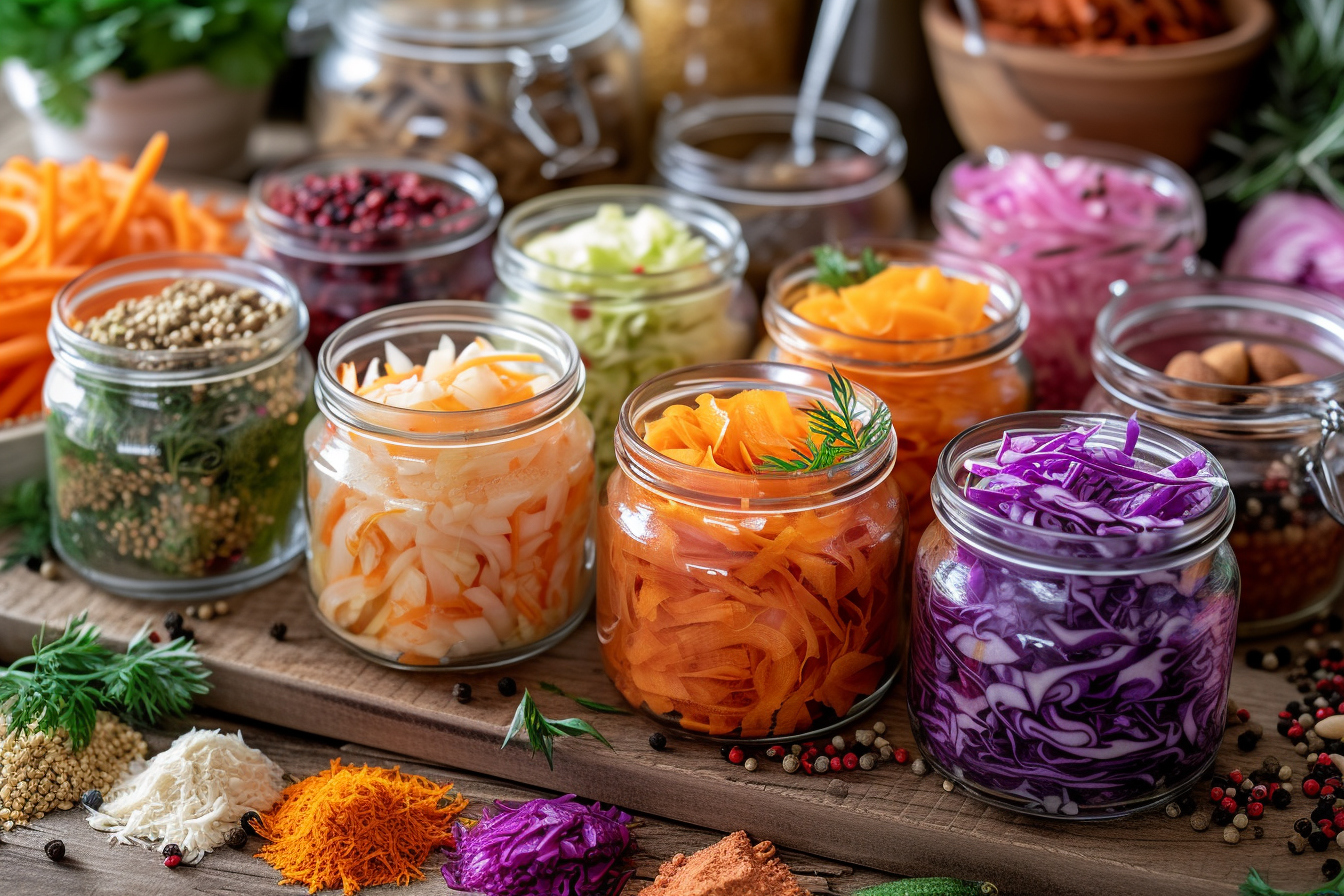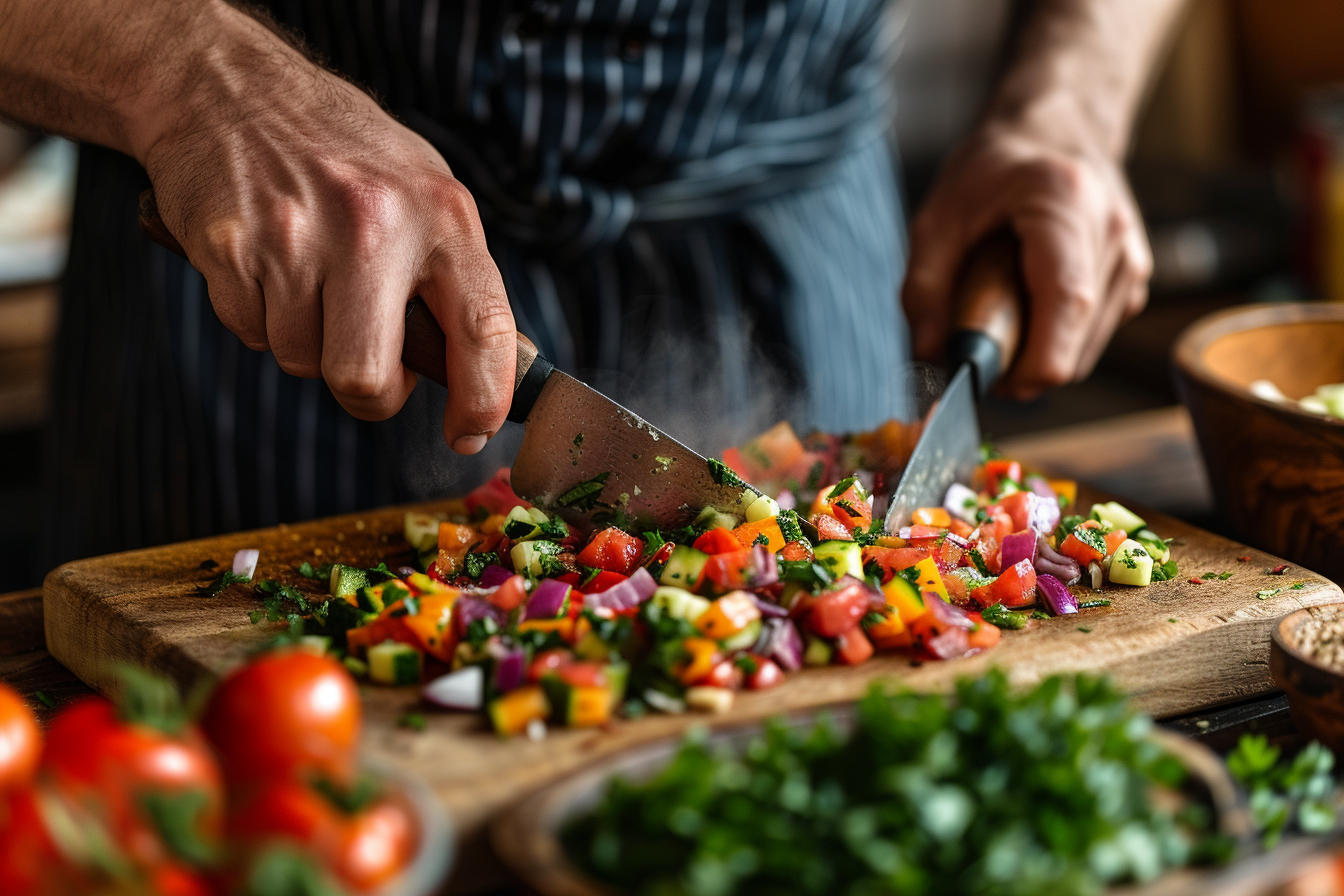The art of raw cooking, often associated with health-centric lifestyles, is steeped in the tradition of preserving the natural essence of ingredients. Unlike conventional cooking methods that involve heat, raw cooking techniques revolve around a symphony of methods designed to harness the robust flavors, vital nutrients, and unique textures of uncooked foods. This fastidious approach to food preparation has been gaining momentum among culinary enthusiasts who seek to introduce vibrant and nutritious meals into their diets. Within this comprehensive exploration, we will delve into the foundational skills that are imperative for anyone looking to master the craft of raw cooking.
The art of chopping, slicing, and dicing
Precision is paramount when it comes to preparing raw dishes. Developing your knife skills is the first step towards crafting exquisite raw meals. Uniformity in the size and shape of cut ingredients not only ensures a pleasing aesthetic but also contributes to the overall mouthfeel and taste experience. A sharp chef’s knife and a variety of cutting techniques, such as chiffonade for leafy herbs or julienne for crisp vegetables, will empower you to create dishes where each element shines in harmony.
The mastery of marinades and dressings
Marination holds the key to introducing flavors into raw ingredients. The right combination of acids, such as lemon juice or apple cider vinegar, with oils and herbs, can remarkably transform the texture and taste of raw vegetables and fruits. The marinade undertakes a dual role, firstly as a tenderizer, making denser foods more palatable and secondly, as a flavor infuser, adding depth and complexity to the simplest of components. Perfecting your marinade ratios and allowing adequate time for the ingredients to assimilate these flavors is indispensable in raw cooking.
Sprouting and soaking: unlocking nutritional potential
Awakening the vitality of nuts, seeds, and grains is achieved through sprouting and soaking, essential practices in raw cooking that make these ingredients more digestible and enhance their nutritional profile. Soaking reduces phytic acid, a compound that can inhibit mineral absorption, while sprouting generates various enzymes, elevating the health benefits. It’s pertinent to note the proper soaking times, as they vary for different items, and to ensure that your sprouts have grown to their optimal length before incorporating them into dishes.
The delicate process of dehydration
Dehydration offers an alternative to baking or frying, allowing ingredients to preserve their raw status while gaining an enticing crunch. This technique gently removes moisture from foods at low temperatures, retaining the enzymes and nutrients often lost at high heat. Equipment-wise, a good dehydrator becomes an invaluable asset for creating an array of raw snacks, from kale chips to fruit leathers. Understanding the fine line between dehydration and over-drying is critical, as it’s the balance that maintains the food’s structural integrity and taste.
Mastery of blending techniques
Blending is synonymous with creating smoothies, yet in raw cooking, it assumes a broader connotation. From sauces to nut butters and even raw soups, mastering the use of high-speed blenders or food processors is essential. The key is knowing how to achieve the desired consistency, whether it’s silky smooth or with a bit of texture. Different blade types and blending speeds contribute to the outcome, making it crucial to familiarize oneself with their blender’s particular capabilities.
The art of fermenting

Fermentation is a transformative process, introducing beneficial bacteria into foods which aid in digestion and enhance flavor profiles. By learning the delicate balance of time, temperature, and salinity, raw food enthusiasts can prepare ferments like kimchi, sauerkraut, or kombucha at home. However, undertaking fermentation demands vigilance and patience, ensuring that the culinary alchemy yields safe and flavorful fermented goods.
The technique of raw baking
Raw baking is an oxymoronic term, yet it describes the process of creating desserts that mimic baked goods without the application of heat. Utilizing ingredients like dates for natural sweetness, nuts for density, and coconut oil for binding, one can craft delicious treats like raw cakes or cookies. This practice challenges the traditional baker’s techniques, requiring a deep understanding of how various raw ingredients come together to achieve a baked-like texture and cohesion.
Cultivating a practice of freshness and seasonality
Maximizing flavors in raw cooking often lies in selecting the freshest, seasonal produce. The intrinsic taste of ripe, just-picked fruits and vegetables is unparalleled and requires minimal intervention to shine in a raw dish. Thus, a raw cook should be versed in choosing high-quality ingredients and understand how the seasons can influence the menu. A truly flavorful raw dish starts with the quality of its components.
A note on the importance of imagination
Creativity reigns supreme in the realm of raw cooking. Without the transformative power of heat, the raw cook must call upon imaginative combinations and unique presentations to captivate the palate. Exploring the use of different textures, contrasting flavors, and vibrant colors is what makes raw dishes stand out. Each creation is an opportunity to showcase the intricate beauty and rich flavors inherent in uncooked foods.
Starting with these foundational skills, one can begin traversing the intricate and nourishing path of raw cooking. Each technique demands a mindful approach and a willingness to embrace the inherent qualities of ingredients in their most natural state. As practitioners refine their skills, the process becomes not merely a method of food preparation but an expression of culinary artistry. With practice, the skills enumerated become part of a greater dance, one that celebrates nutrition, wellness, and the sheer joy of eating foods that are as close to their natural form as possible. As the journey into raw cooking unfolds, the simplicity and sophistication of this genre promise a continuous discovery of flavors, techniques, and personal growth for the culinarian at heart.

Leave a Reply